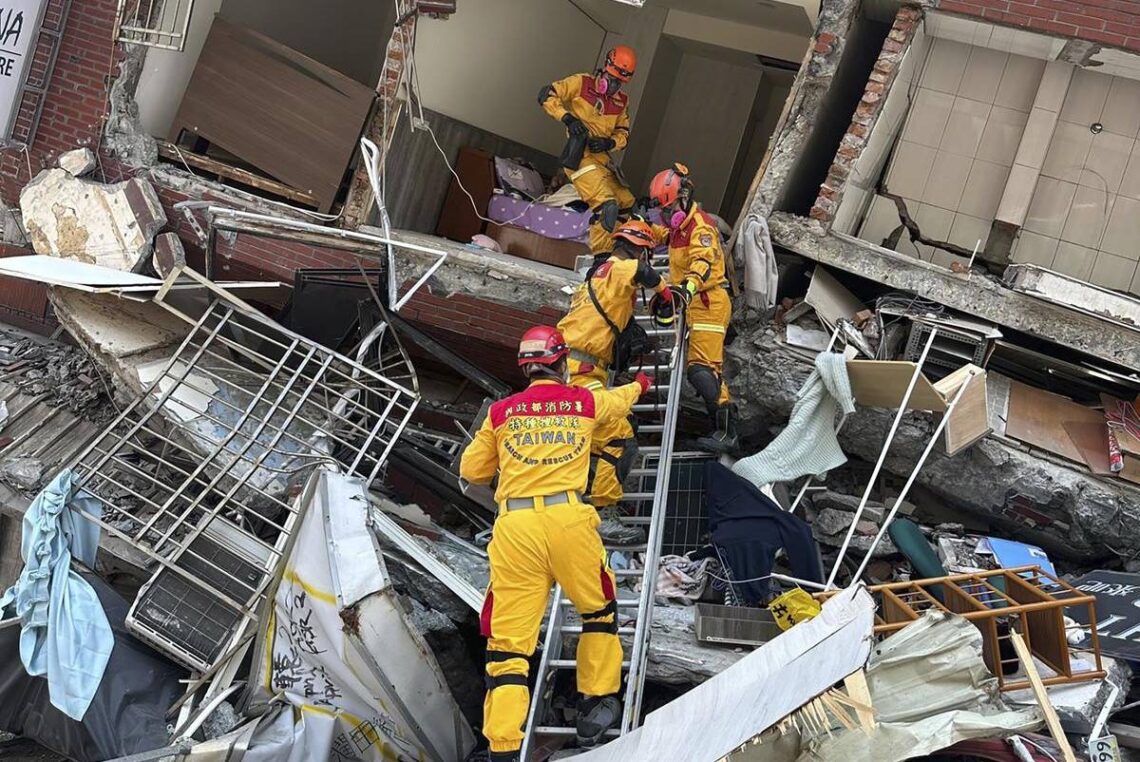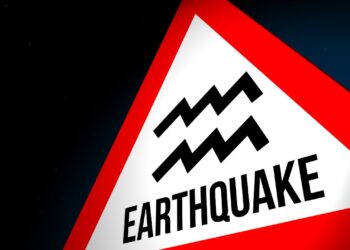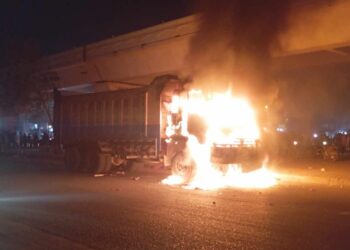Taiwan experienced its most significant earthquake in 25 years, claiming nine lives and injuring over 900 individuals. The quake, measuring 7.2 magnitude, struck near Hualien, causing buildings to lean dangerously and triggering landslides. Rescue efforts, including the use of ladders, were underway to save trapped individuals, with reports of 50 hotel workers missing and 80 others trapped in a mining area.
Breaking News 🗞️
— SR ⁶⁹ (@ultimate__d) April 3, 2024
Alarming Situation at #Taiwan
A shocking incident happened in Taiwan, See the Skyscraper condition!
Prayers 🙏🏻 Taiwan People Stay Safe ! #Japan #earthquake #Tsunami Okinawa #TaiwanEarthquakeOkinawa #TaiwanEarthquake pic.twitter.com/Gg4q9xGa9f
President-elect Lai Ching-te emphasized the priority of rescuing people, as authorities worked to aid those affected. Although the quake caused damage to infrastructure, such as the temporary closure of Taipei’s subway system and slight damage to military assets, including F-16 fighter jets, the island’s power supply and nuclear stations remained intact.
In Japan, the quake prompted a tsunami warning, with minor waves reaching Okinawa. The Philippines issued advisories to coastal residents to move to higher ground, while reports indicated that the tremors were felt in parts of China. Aftershocks continued to be felt, with over 50 recorded in Taipei.
Despite disruptions, Taiwan’s high-speed rail and major chip manufacturer, Taiwan Semiconductor Manufacturing Co (TSMC), reported minimal impact on operations. While TSMC evacuated some plants, its safety systems remained functional. The stock market reacted with a slight decline, reflecting investors’ concerns, though the overall impact was limited compared to previous earthquakes.
This earthquake ranks as one of Taiwan’s most severe, comparable to the devastating 1999 quake. Weather officials classified it as an “Upper 6” intensity event, indicating significant structural damage and posing challenges to movement. The resilience of reinforced concrete structures was noted as critical in mitigating damage, highlighting the importance of building standards in earthquake-prone regions.

















